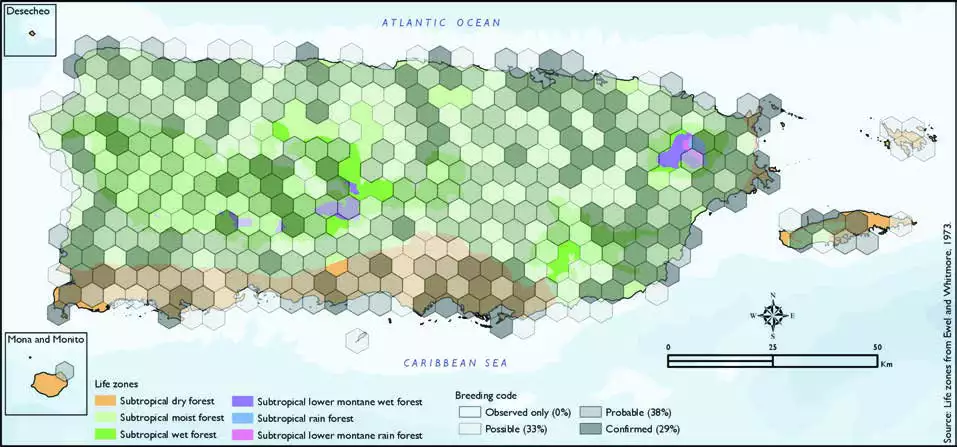Northern Mockingbird
Description
The northern mockingbird (Mimus polyglottos) is a mockingbird commonly found in North America. This bird is mainly a permanent resident, but northern birds may move south during harsh weather. This species has rarely been observed in Europe. This species was first described by Carl Linnaeus in his 1758 10th edition of Systema Naturae as Turdus polyglottos. The northern mockingbird is known for its mimicking ability, as reflected by the meaning of its scientific name, "many-tongued thrush". The northern mockingbird has gray to brown upper feathers and a paler belly. Its tail and wings have white patches which are visible in flight.
.mw-parser-output .tmulti .thumbinner{display:flex;flex-direction:column}.mw-parser-output .tmulti .trow{display:flex;flex-direction:row;clear:left;flex-wrap:wrap;width:100_;box-sizing:border-box}.mw-parser-output .tmulti .tsingle{margin:1px;float:left}.mw-parser-output .tmulti .theader{clear:both;font-weight:bold;text-align:center;align-self:center;background-color:transparent;width:100_}.mw-parser-output .tmulti .thumbcaption{background-color:transparent}.mw-parser-output .tmulti .text-align-left{text-align:left}.mw-parser-output .tmulti .text-align-right{text-align:right}.mw-parser-output .tmulti .text-align-center{text-align:center}@media all and (max-width:720px){.mw-parser-output .tmulti .thumbinner{width:100_!important;box-sizing:border-box;max-width:none!important;align-items:center}.mw-parser-output .tmulti .trow{justify-content:center}.mw-parser-output .tmulti .tsingle{float:none!important;max-width:100_!important;box-sizing:border-box;text-align:center}.mw-parser-output .tmulti .tsingle .thumbcaption{text-align:left}.mw-parser-output .tmulti .trow>.thumbcaption{text-align:center}}
Distribution & Habitat
The Northern Mockingbird is a common species that occurs
mostly from southern Canada to
southern Mexico, throughout the
United States and the western
West Indies (including Puerto
Rico and the Virgin Islands). It
is introduced and established in
Hawaii and Bermuda (del Hoyo
and others 2004). It is a common
resident throughout Puerto Rico
(Oberle 2018, Raffaele 1989a),
Vieques (Gemmill 2015, Saliva
1994, Sorrié 1975, Wetmore
1916), Culebra (Wetmore
1917), and Mona (Terborgh
and Faaborg 1973). The species
usually inhabits open country
with scattered trees or bushes in the lowlands including dry
coastal scrub, open mangrove
forests, grasslands, farms,
gardens, parks, and urban
areas, but also ranges into
the mountains where suitable
habitat is available (Oberle 2018,
Raffaele 1989a, Raffaele and
others 1998). The atlas fieldwork
yielded a total of 915 records
within 406 hexagons or 85
percent of the 479 total hexagons
(see map). Of the 406 hexagons
where this species was found,
breeding met the atlas definition
of confirmed in 29 percent (117)
of the hexagons, probable in
38 percent (153), and possible in
33 percent (136) (see map). Northern Mockingbird distribution. The map shows the highest breeding code by hexagon and overlaying the ecological life zones
in Puerto Rico. Note: percentages may not total 100 due to rounding. 231Northern Mockingbird/Ruiseñor

Breeding Habits
The mockingbird builds a nest that is a coarse open cup of
twigs, usually placed from
1 to 3 m above the ground in
dense shrubbery, tree branches,
or vines, often near houses
(Raffaele and others 1998).
Previously published reports
indicate that breeding occurs
primarily from January to July
(Raffaele and others 1998).
Nonetheless, atlas results show
that this species breeding season
extends throughout the year
with the most breeding activity
from March to June (see chart). The breeding activity peaks in
May, and breeding mostly takes
place within the subtropical
moist forest life zone (see chart).
Results show that this species
breeds mostly in lowlands within
the subtropical moist forest
life zone (61 percent of the
hexagons) (see table) and less
commonly in the subtropical dry
forest life zone of the southern
and eastern coastal plains (20
percent of the hexagons) and
subtropical wet and lower
montane wet forest life zones
at higher elevations (19 percent
of the hexagons) (see table
and map).
Conservation
The current population trend for the Northern Mockingbird
is described as stable, and it
is currently listed as a species
of least concern by the IUCN
(BirdLife International 2017).
Locally, this species is not
listed in any of the threatened
categories of PRDNER and
USFWS. In Puerto Rico, the
Northern Mockingbird has a
protected habitat in land of
about 12 percent or 1122 km2 of the total area covered by
the hexagons where evidence
of breeding was found for this
species (9686 km2).
Related Species
Family:
mimid